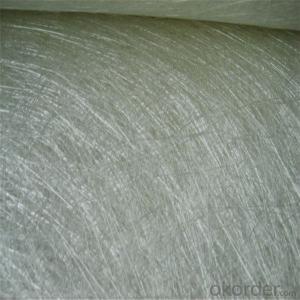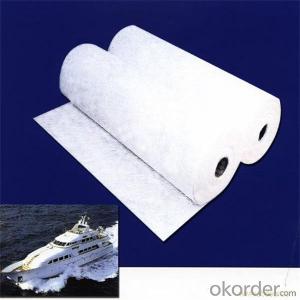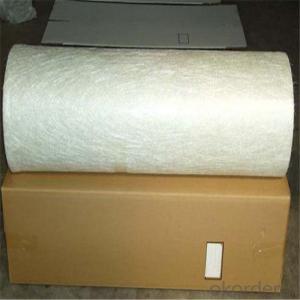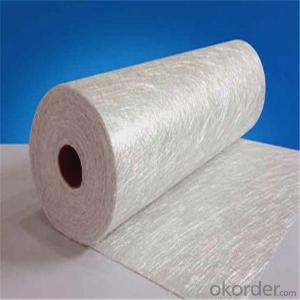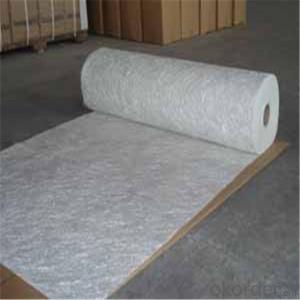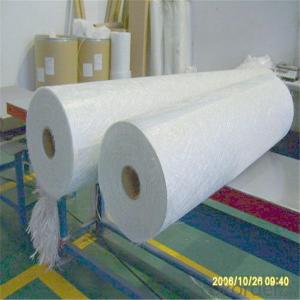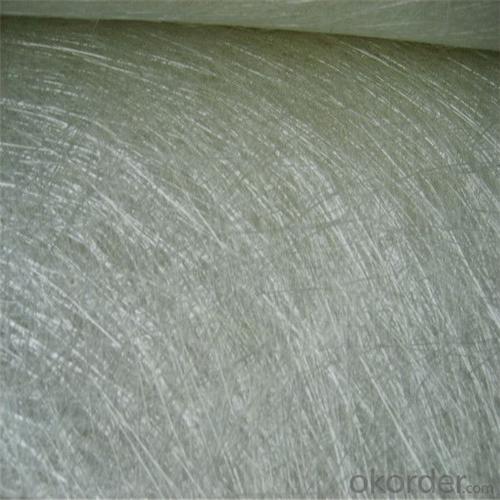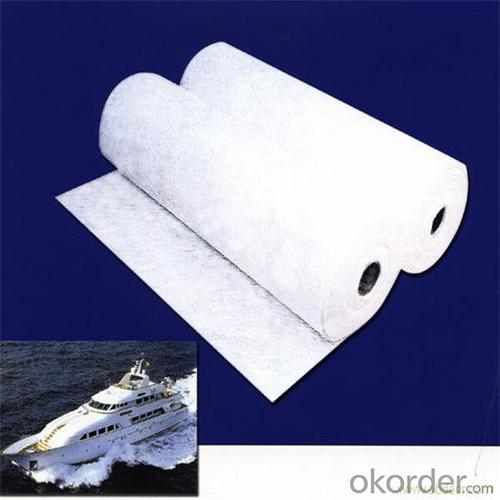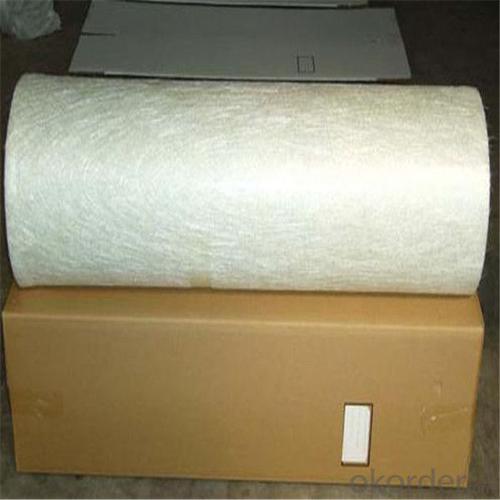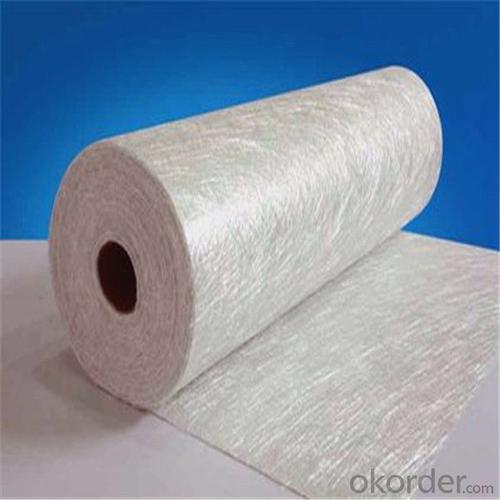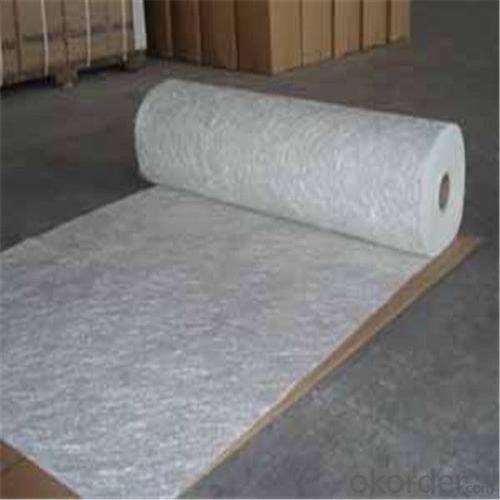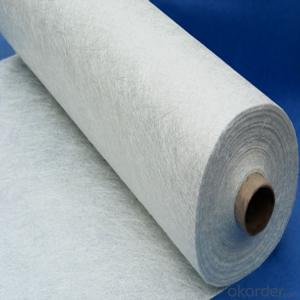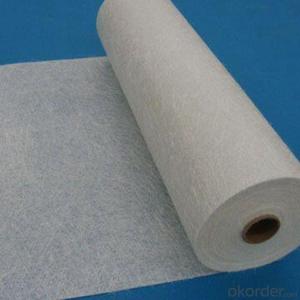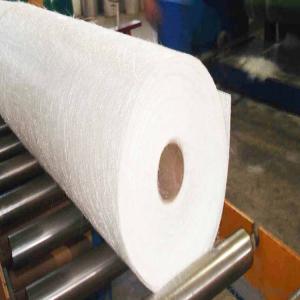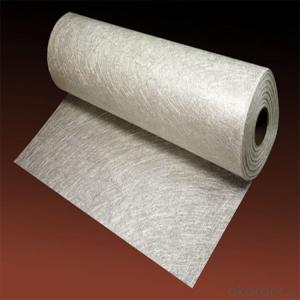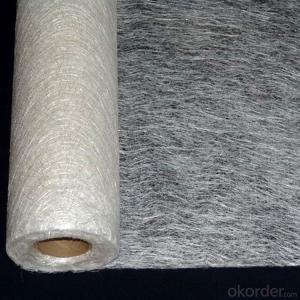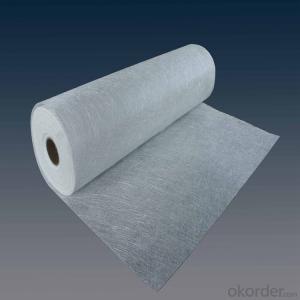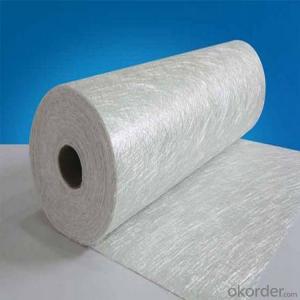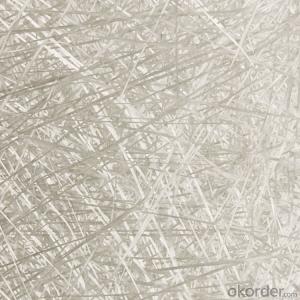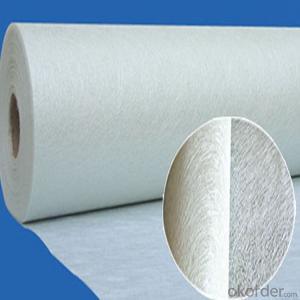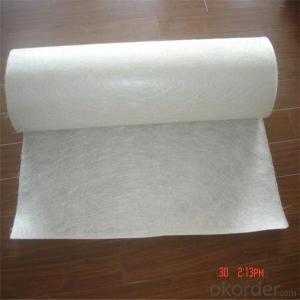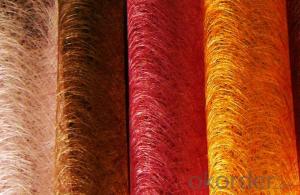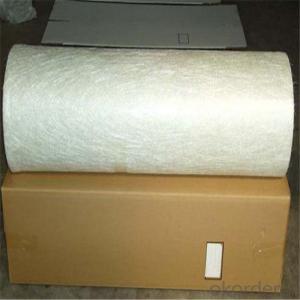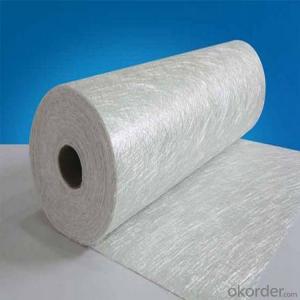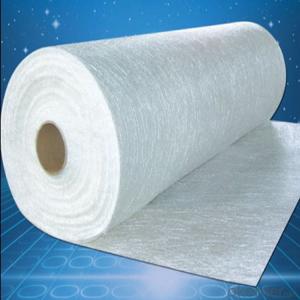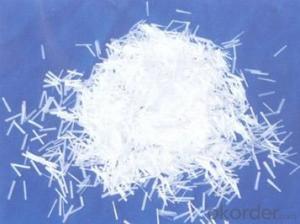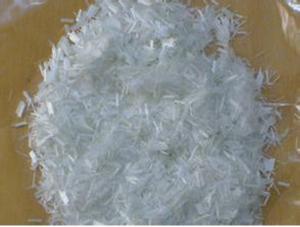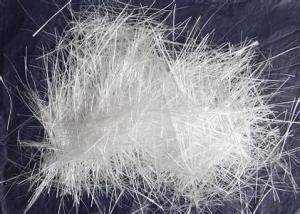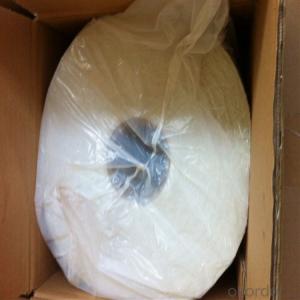Loose Chopped Fiberglass Strand / E/C-Glass Fiberglass Chopped Strand Mat
- Loading Port:
- Tianjin
- Payment Terms:
- TT OR LC
- Min Order Qty:
- 100 m.t.
- Supply Capability:
- 20000 m.t./month
OKorder Service Pledge
Quality Product, Order Online Tracking, Timely Delivery
OKorder Financial Service
Credit Rating, Credit Services, Credit Purchasing
You Might Also Like
Quick Details
| Technique: | Chopped Strand Fiberglass Mat (CSM) | Dimensions: | 450gsm | Mat Type: | Continuous Filament Mat |
| Fiberglass Type: | E-Glass | Softness: | softness | Place of Origin: | Jiangxi, China (Mainland) |
| Brand Name: | cnbm | Model Number: | 450gsm | color: | white |
| fiberglass type: | E glass | product: | e-glass powder chopped stand mats | binder: | powder or emulsion |
| width: | 1040 or 1270mm, as your requirement | weight: | 30 or 45kg/roll | paper tube diameter: | 90mm |
| outer diameter of roll: | 256mm | packing: | plastic film+carton box + pallet |
Packaging & Delivery
| Packaging Details: | plastic film+carton box + pallet |
| Delivery Detail: | 15-20days |
Specifications
1.e-glass powder chopped stand mats
2.binder:power or emulsion
3.width:1040mm or 1270mm
4.weight:450gsm
Picture
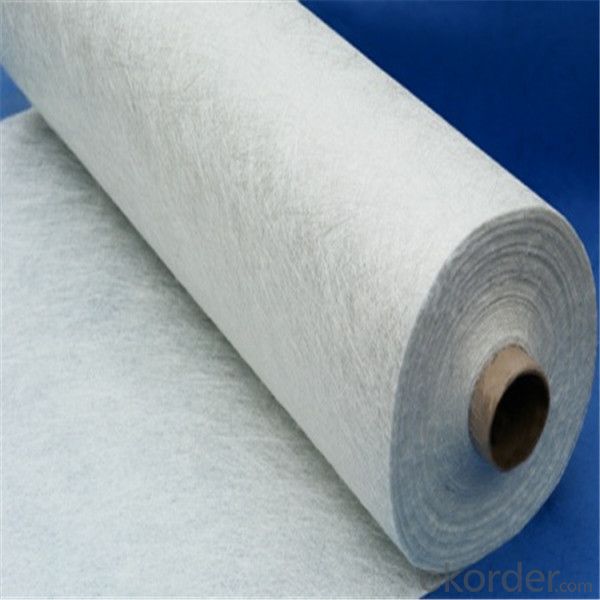
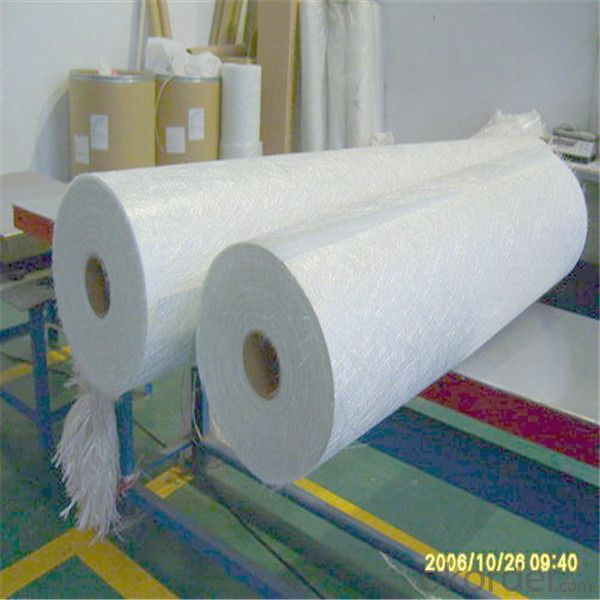
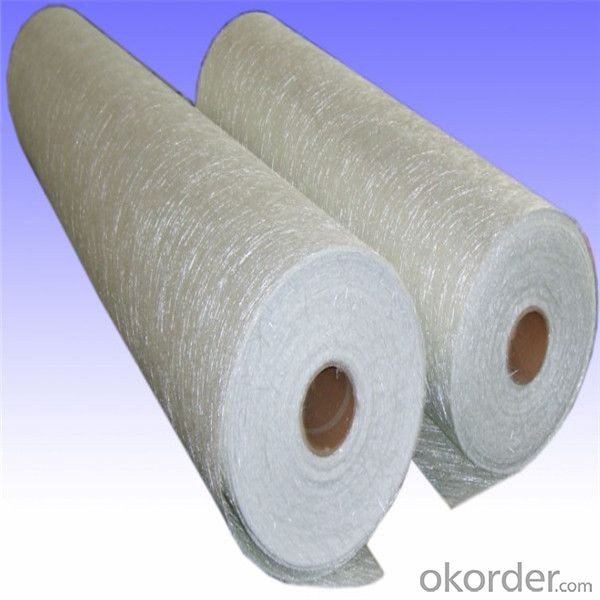
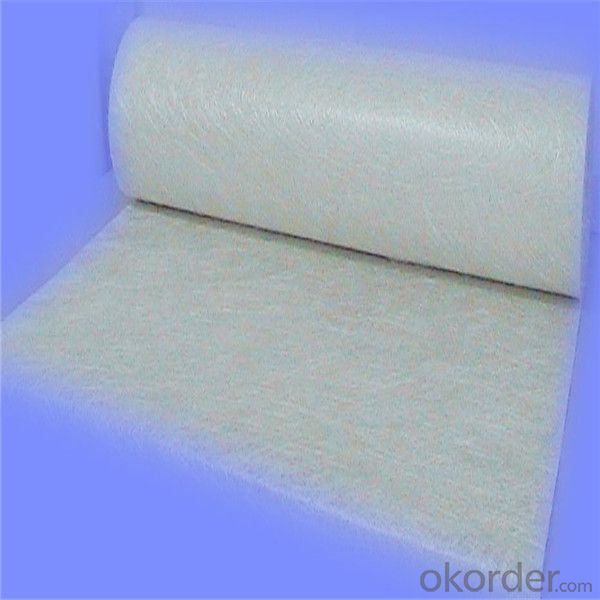
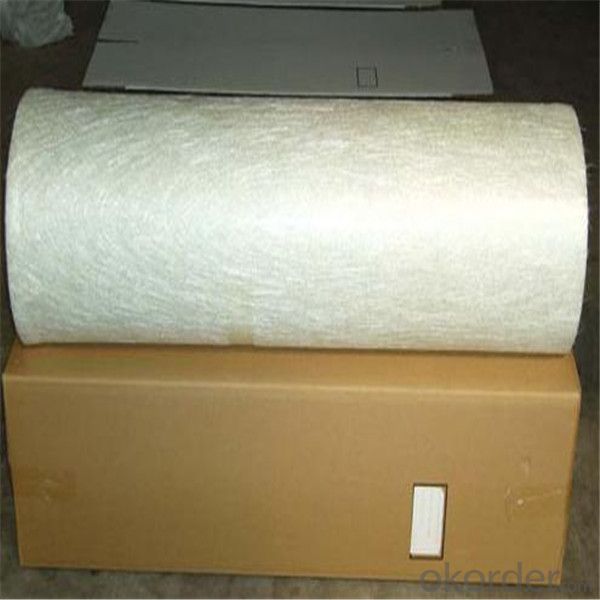
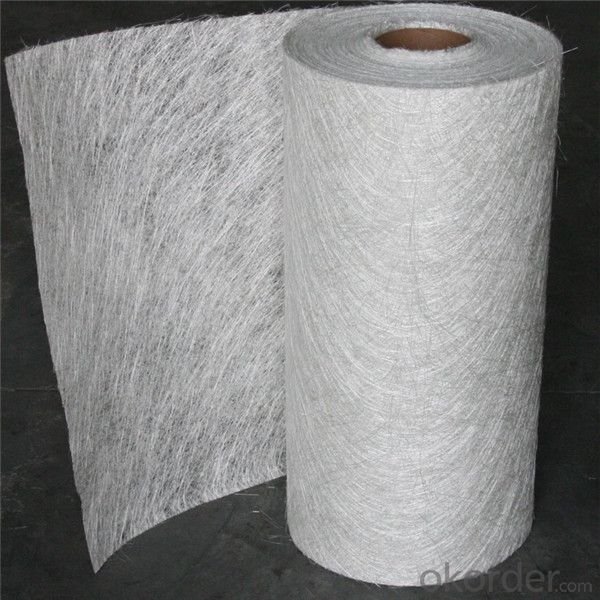
- Q: Can fiberglass chopped strand be used in acoustic insulation applications?
- Yes, fiberglass chopped strand can be used in acoustic insulation applications. Fiberglass is known for its excellent sound absorption properties, making it an ideal material for reducing noise and improving acoustics in various settings. The chopped strand form of fiberglass can be easily mixed with other materials, such as binders or resins, to create insulation products that effectively absorb and dampen sound waves. These products are commonly used in buildings, automotive applications, and other environments where noise reduction is desired. Overall, fiberglass chopped strand is a versatile and effective material for acoustic insulation applications.
- Q: How is fiberglass chopped strand used in the electrical and electronics industry?
- The electrical and electronics industry extensively utilizes fiberglass chopped strand due to its exceptional electrical insulation properties and mechanical strength. Its excellent performance makes it an essential component in various applications. In the electrical and electronics industry, one of the primary uses of chopped strand is in the production of electrical insulation materials. These materials are crucial for insulating coils and windings in motors, transformers, and other electrical equipment. Chopped strand serves as a reinforcement material in the production of electrical insulation tapes, which are widely used in this industry. Its high tensile strength and dimensional stability enhance the mechanical properties of these tapes, ensuring their long-lasting durability and reliability. Moreover, chopped strand also finds application in the manufacturing of electrical laminates and composites. These laminates are utilized in the construction of various electrical components, including circuit boards, switchgear, and insulating barriers. The fiberglass reinforcement in these laminates provides the necessary mechanical strength and rigidity, while simultaneously improving their electrical insulation properties. Furthermore, chopped strand is employed in the production of electrical connectors and terminals. By incorporating fiberglass reinforcement, these components can withstand high temperatures and mechanical stresses, while maintaining excellent electrical conductivity. This crucially contributes to the long-term reliability and performance of electrical connectors and terminals. In conclusion, fiberglass chopped strand plays a vital role in the electrical and electronics industry by offering enhanced electrical insulation, mechanical strength, and dimensional stability to a wide range of products. Its versatility and reliability make it an indispensable material in the design and manufacturing of electrical insulation materials, laminates, connectors, and terminals.
- Q: Can fiberglass chopped strand be used in the production of consumer packaging?
- Yes, fiberglass chopped strand can be used in the production of consumer packaging. It is commonly used as a reinforcing material in composite packaging products, providing strength, durability, and resistance to impact and moisture.
- Q: Is fiberglass chopped strand resistant to abrasion?
- In general, fiberglass chopped strand exhibits resistance to abrasion. Fiberglass is renowned for its robustness and sturdiness, granting it exceptional protection against abrasion-induced wear and tear. The interweaving and bonding of the chopped strands result in a formidable and resilient material capable of withstanding abrasive forces. Nevertheless, the precise degree of resistance may vary depending on the precise composition and manufacturing technique employed in the production of the fiberglass chopped strand. It is advisable to consult the product specifications or communicate with the manufacturer to obtain specific details regarding the abrasion resistance of a particular fiberglass chopped strand product.
- Q: How does the manufacturing process of fiberglass chopped strand impact its quality?
- The manufacturing process of fiberglass chopped strand has a significant impact on its quality. The process involves several crucial steps such as the selection of raw materials, the cutting of continuous glass fibers into shorter lengths, and the application of a sizing agent. These steps ensure that the chopped strand is of the desired thickness, length, and composition, which ultimately affects its strength, durability, and overall performance. Additionally, the manufacturing process also plays a role in eliminating any impurities and defects that could compromise the quality of the final product. Therefore, a careful and well-executed manufacturing process is essential to produce high-quality fiberglass chopped strand.
- Q: How is the surface roughness of fiberglass chopped strand measured?
- The surface roughness of fiberglass chopped strand is typically measured using a device called a profilometer. This instrument uses a stylus to scan the surface of the fiberglass and measures the height variations to determine the roughness. The results are usually expressed in terms of the Ra value, which represents the average roughness of the surface.
- Q: How does the diameter of fiberglass chopped strand affect its performance?
- The diameter of fiberglass chopped strand directly affects its performance. A larger diameter strand typically provides higher strength and stiffness, making it suitable for applications that require high mechanical properties. On the other hand, a smaller diameter strand offers better flexibility and improved resin wetting, making it more suitable for applications that require good conformability and improved surface finish. Therefore, the diameter of fiberglass chopped strand must be carefully chosen to match the specific performance requirements of the intended application.
- Q: Is fiberglass chopped strand fire-resistant?
- Fiberglass chopped strand is indeed fire-resistant. It is derived from spun glass fibers, which possess a naturally high melting point and are not easily prone to catching fire. Furthermore, during the manufacturing process, fire retardant materials are often added to fiberglass to enhance its fire-resistant qualities. As a result, fiberglass chopped strand is widely favored for applications that prioritize fire safety, including insulation, construction materials, and automotive components. However, it is crucial to recognize that the fire resistance of fiberglass chopped strand may differ depending on the specific product and manufacturing technique employed. Therefore, it is always prudent to consult the manufacturer's specifications for precise information regarding its fire-resistant attributes.
- Q: Can fiberglass chopped strand be used in water treatment tanks?
- Yes, fiberglass chopped strand can be used in water treatment tanks. Fiberglass is known for its excellent corrosion resistance and high strength-to-weight ratio, making it a suitable material for various applications in the water treatment industry. The chopped strand form of fiberglass can be used to reinforce the tanks, making them more durable and resistant to wear and tear. Additionally, fiberglass is non-reactive to water and does not leach any harmful substances, which is crucial for maintaining water quality in treatment tanks. Overall, fiberglass chopped strand is a reliable and effective material for use in water treatment tanks.
- Q: Is fiberglass chopped strand UV resistant?
- Yes, fiberglass chopped strand is typically UV resistant. The UV resistance of fiberglass chopped strand is mainly attributed to the properties of the resin used to bind the strands together. Most resins used in fiberglass manufacturing, such as polyester or epoxy resins, have inherent UV resistance. Additionally, manufacturers often incorporate UV stabilizers into the resin formulation to enhance the UV resistance of the final product. This helps prevent the degradation of the fibers when exposed to sunlight or other sources of UV radiation. However, it is important to note that the level of UV resistance can vary depending on the specific resin formulation and manufacturing process. Therefore, it is recommended to consult with the manufacturer or supplier to ensure that the specific fiberglass chopped strand being used meets the required UV resistance specifications for the intended application.
Send your message to us
Loose Chopped Fiberglass Strand / E/C-Glass Fiberglass Chopped Strand Mat
- Loading Port:
- Tianjin
- Payment Terms:
- TT OR LC
- Min Order Qty:
- 100 m.t.
- Supply Capability:
- 20000 m.t./month
OKorder Service Pledge
Quality Product, Order Online Tracking, Timely Delivery
OKorder Financial Service
Credit Rating, Credit Services, Credit Purchasing
Similar products
Hot products
Hot Searches
Related keywords
